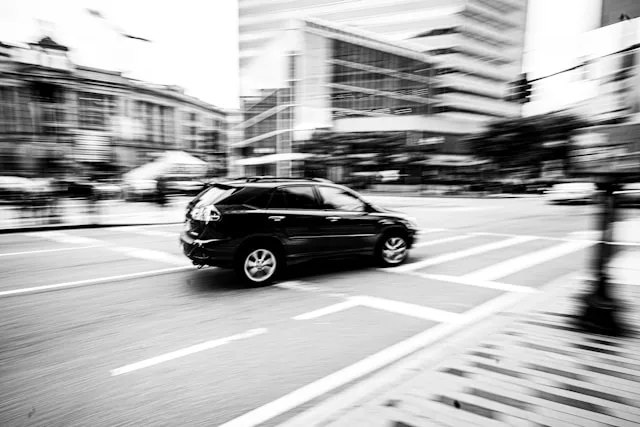Road Rage vs. Aggressive Driving
More and more car accidents happen because people disregard safety rules. The National Highway Transportation Safety Administration (NHTSA) revealed that human error causes auto accidents in 94-46% of cases. But what if those situations were caused partially intentionally by the aggressive driver’s behavior or road rage?
Although these two cases are usually similar, they present different levels of responsibility: traffic and criminal offenses. Thus, the procedures for handling them in court also differ.
So, what is distinctive between road rage and aggressive driving? Let’s find out.
Aggressive Driving: What Is It?
How often have you heard someone behind you honking when the green light appears, and you don’t start driving within one second? In this scenario, the situation is non-emergency and doesn’t require warning everyone on the road. This example qualifies as aggressive driving.
The NHTSA identifies aggressive driving as a way of operating a motor vehicle that puts other people and their property in danger. This behavior usually happens when drivers are impatient. They would start screaming, communicating in raised voices, throwing items, using aggressive body language, and so on. The essential part for your safety, or if you don’t want to turn to an attorney for auto accidents, is not to be involved with drivers showing aggressive driving behavior.
Aggressive driving encompasses, but is not limited, to these examples:
- tailgating;
- speeding;
- running a red light;
- changing lanes without activating a blinker;
- preventing another driver from changing lane;
- suddenly changing lanes;
- ignoring the right of way;
- cutting other drivers off.
These situations can be accompanied by cursing and yelling, which can turn into road rage.
Road Rage: What Is It?
Road rage is a type of anger that occurs when a driver behaves dangerously. While this sounds similar to aggressive driving, the main difference is in intention. When having road rage, the driver purposely performs threatening actions. Also, this behavior is typically directed at a specific subject rather than a group of subjects.
The American Psychological Association (APA) study shows that young males are more prone to committing road rage crimes because of traffic overload, high life stress, and displaced anger. Those who are most likely to show this kind of behavior are reported to misuse alcohol and drugs.
On top of the examples that are common for aggressive driving cases, road rage drivers show the following behavioral reactions:
- They tend to respond aggressively more often, doubting other drivers driving skills. They treat every misunderstanding as revenge.
- They are fast to react. Any inconvenience can make such individuals yell or honk all at once.
- They take more risks. Drivers experiencing road rage run stop signs and red lights more often, tailgate, and cut off other road users.
How to Protect Yourself from Road Rage Strikes
Even if you follow all the traffic rules and behave calmly on the road, it doesn’t guarantee you won’t be involved in a car accident because of aggressive driving or road rage. Follow these tips to refrain from engaging in road-related infractions caused by aggressive drivers:
- Don’t get out of your vehicle and interact with a driver.
- Avoid eye contact.
- Understand road rage.
- Ignore the gestures and yelling.
- Don’t challenge them.
- Keep safe distance.
- Contact the police if you feel unsafe.
Became a Victim of a Road Rage Incident?
If you have become a hostage to the situation during the road rage or aggressive driving of other drivers, document as many details as possible and contact a trusted law firm to get a comprehensive view of the situation and further steps.



